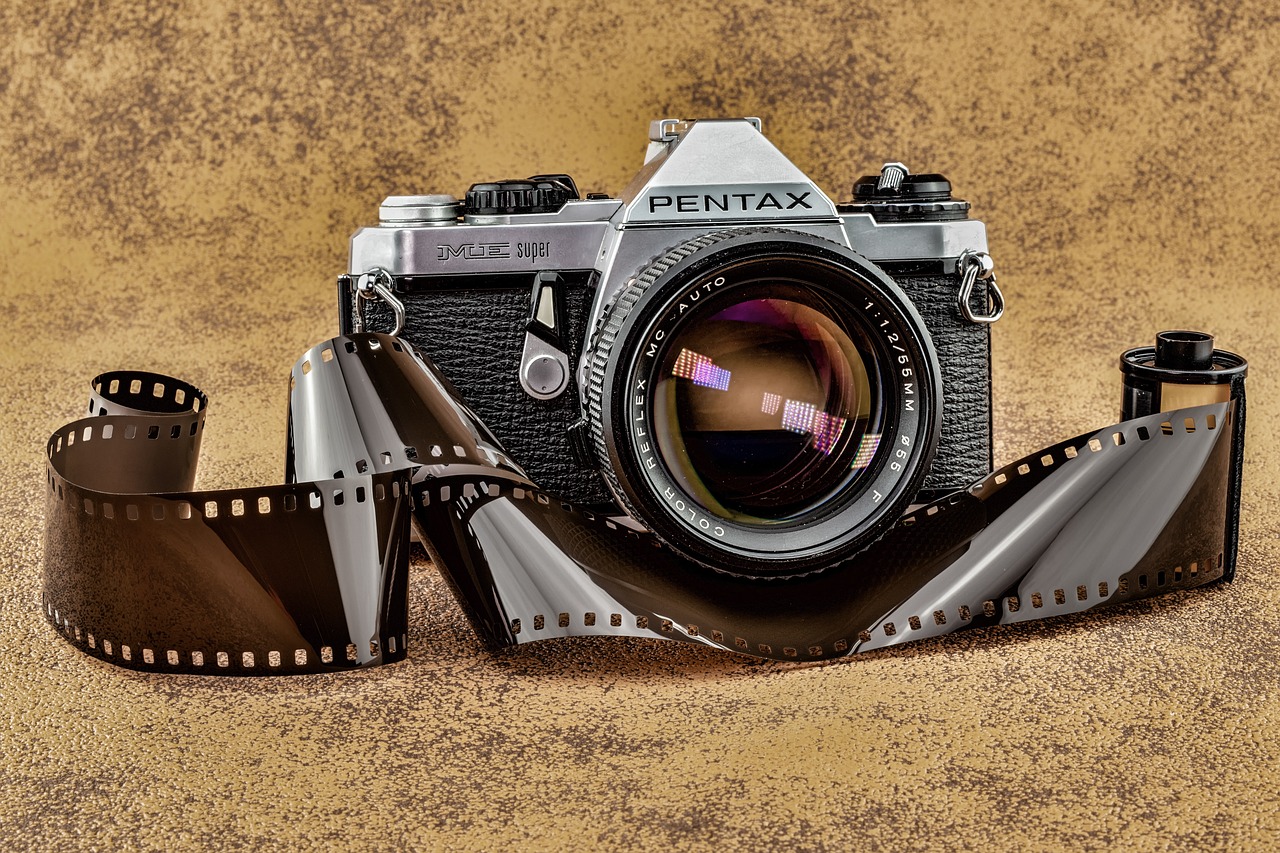
That which is obsolete is outdated.
Obsolete is a term that comes from the Latin obsolētus and refers to something outdated and little used today since it is not appropriate under the circumstances.
A typewriter , for example, is an obsolete object in the 21st century. These devices were very popular just a few decades ago since there was no more comfortable way to speed up the writing process and create texts that were readable by everyone. However, after the invention of personal computers, the typewriter began to lose popularity. The benefits of computers , such as the ability to instantly erase what is written and print only at the end of the process, left the typewriter obsolete.
When something becomes obsolete
It is important to keep in mind that obsolescence (the quality of being obsolete) does not arise due to the malfunction of an object, but rather because its performance becomes insufficient compared to new technologies . This means that a computer can be modern and perform poorly, while a typewriter can be old, obsolete and perform perfectly.
Artifacts become obsolete for different reasons. This may be an economic decision on the part of manufacturers, who stop producing spare parts and components to force consumers to buy new products. The development of these products, on the other hand, is due to the advancement of scientific research .

Technological advancement makes certain products obsolete.
Consequence of a social trend
Social trends can also make something obsolete. This occurs when the majority of the population opts for a piece of equipment or system, leaving its competitor out of the market even though it may present similar performance.
Having said all this, it is clear that the fact that a product becomes obsolete can have negative consequences for both the manufacturer and the consumer, depending on the reasons why it has reached such a state. On the one hand, if the reason is the "natural aging" of the product itself due to the availability of more modern alternatives, the consumer may be disadvantaged by the lack of spare parts or even if he or she wishes to repurchase an old model due to personal preferences. .
If obsolescence arises, however, due to market competition issues, it is the manufacturer who takes the hit directly, since its audience loses interest in its proposal and goes after what another brand offers. This usually happens as a consequence of the tireless search for innovation that characterizes the industry, particularly that focused on computing , telecommunications and household appliances, sectors for which a slight change in a microprocessor can make a big difference for the customer. user.
Recent and obsolete
We must point out, on the other hand, that currently we make excessive use of this adjective, since we very often label as obsolete a device that is not more than two years old , simply because it does not have a technology that, overnight in the morning, it has become the biggest trend in the market. This phenomenon mainly affects mobile phones and, to a lesser extent, televisions, two types of products that are characterized by receiving new models every year with changes that are not always so significant but evident enough to make the previous ones seem incomplete.
To be fair, we should say that a car has become obsolete if its spare parts are no longer sold or if its characteristics do not comply with current safety regulations, but we should not classify a television in this way because it does not have the resolution that it has had for a week. It is the highest on the market.
